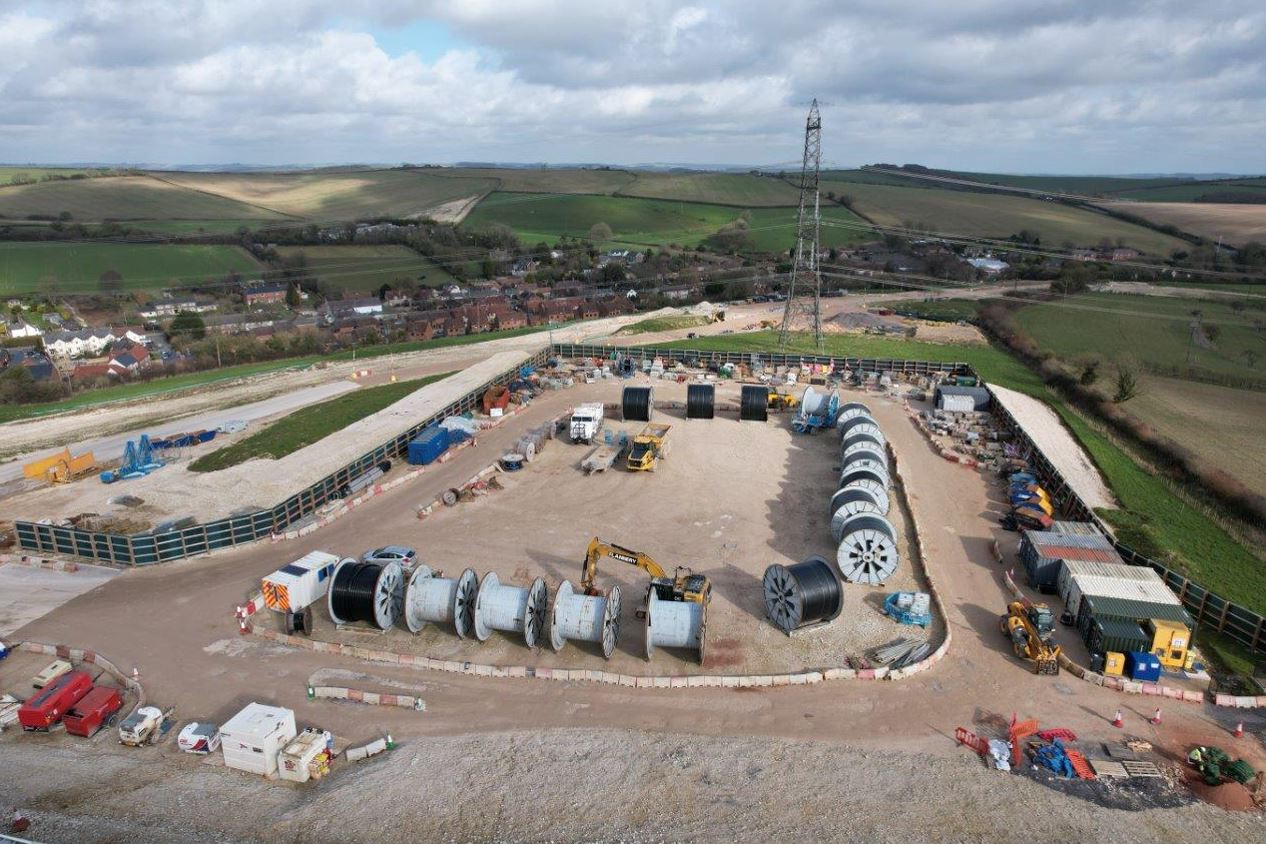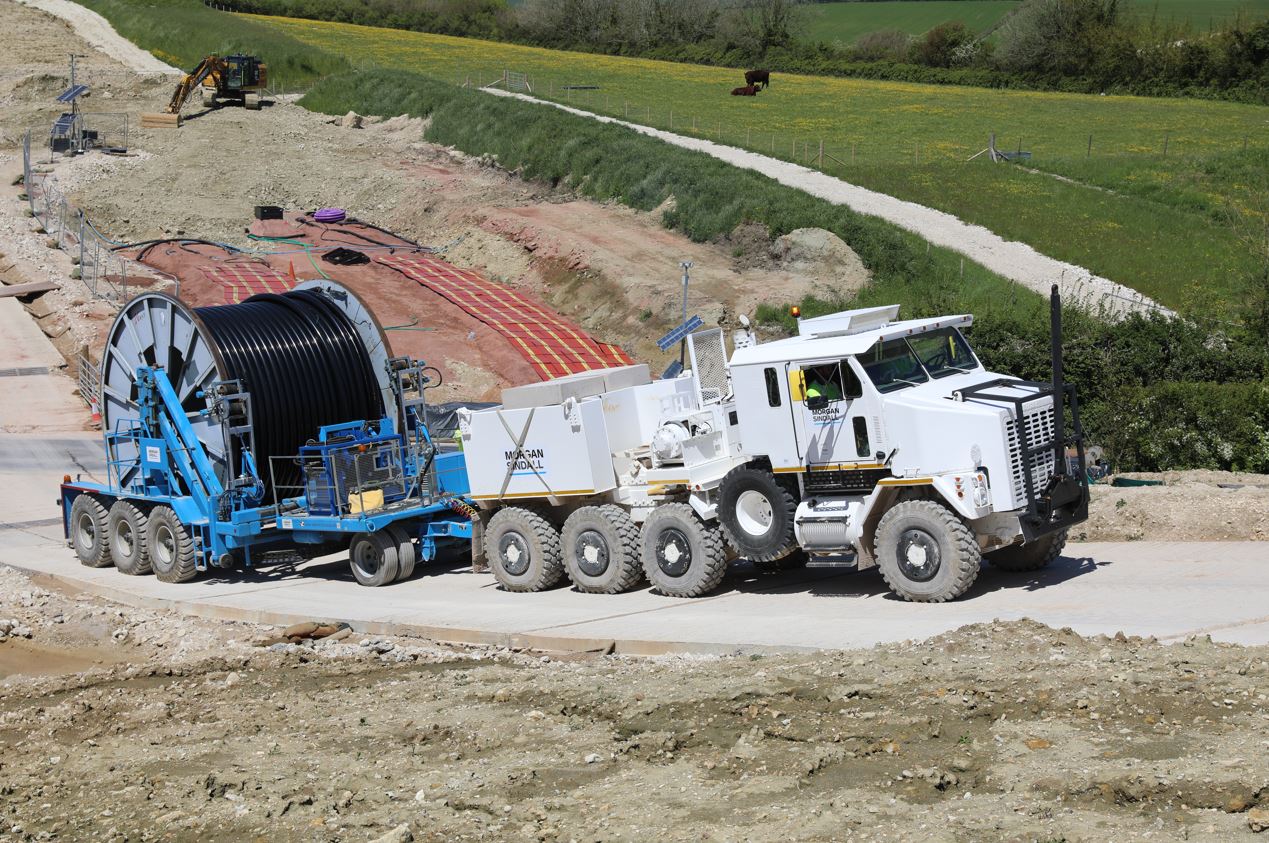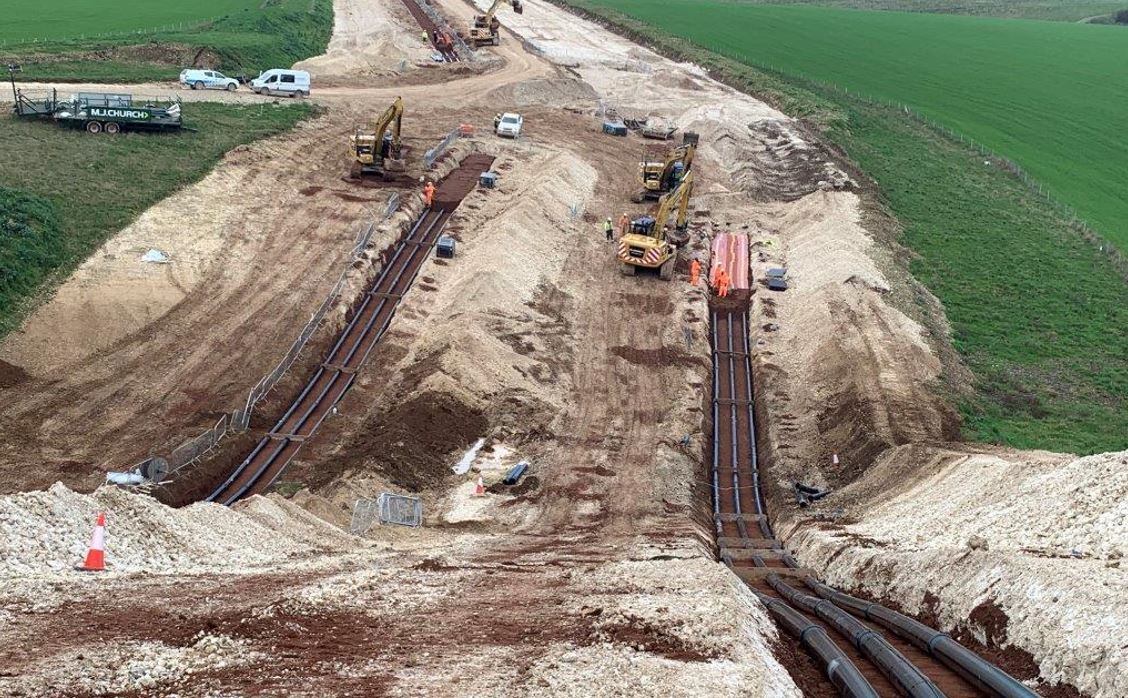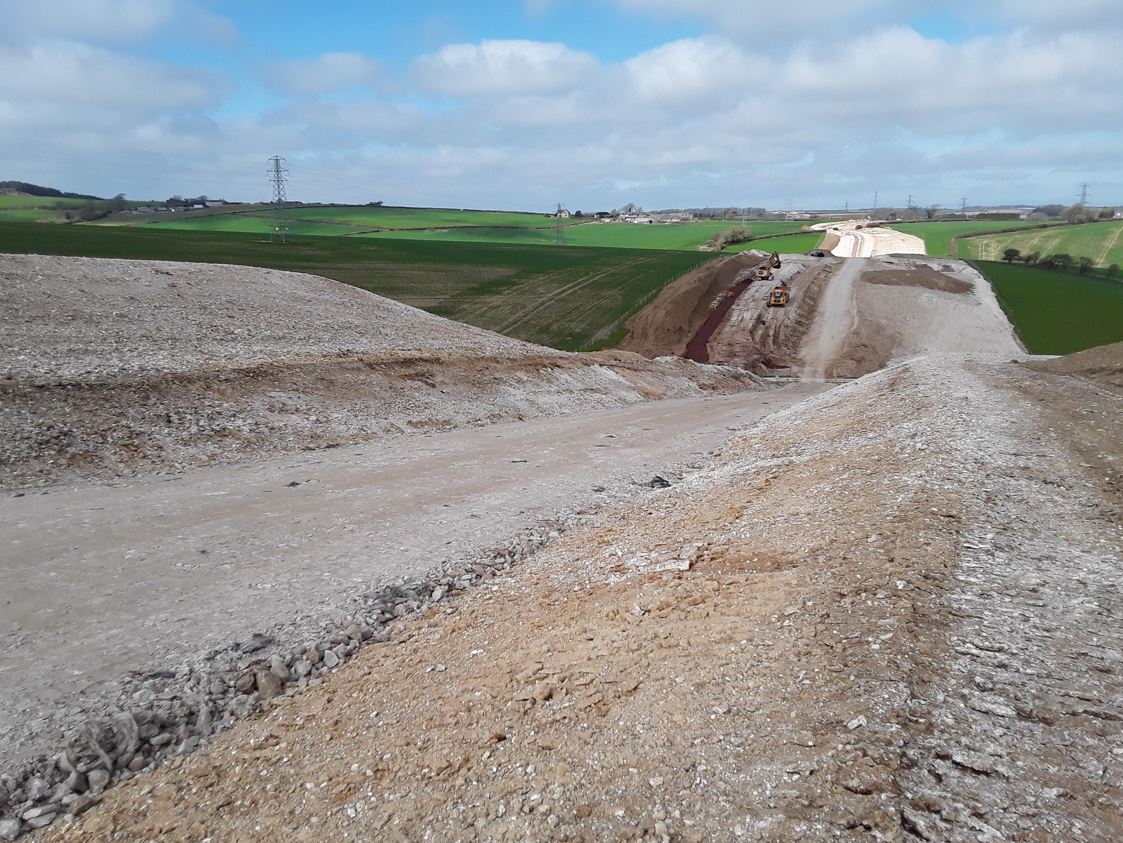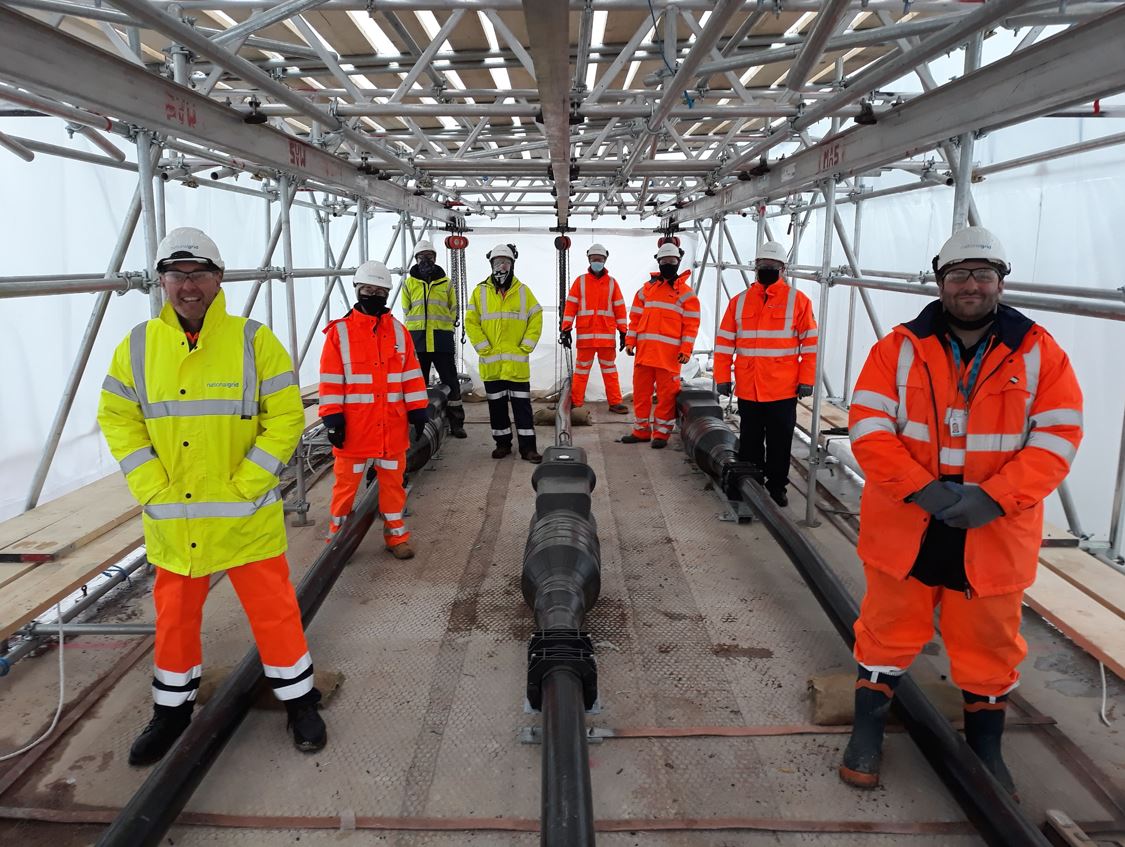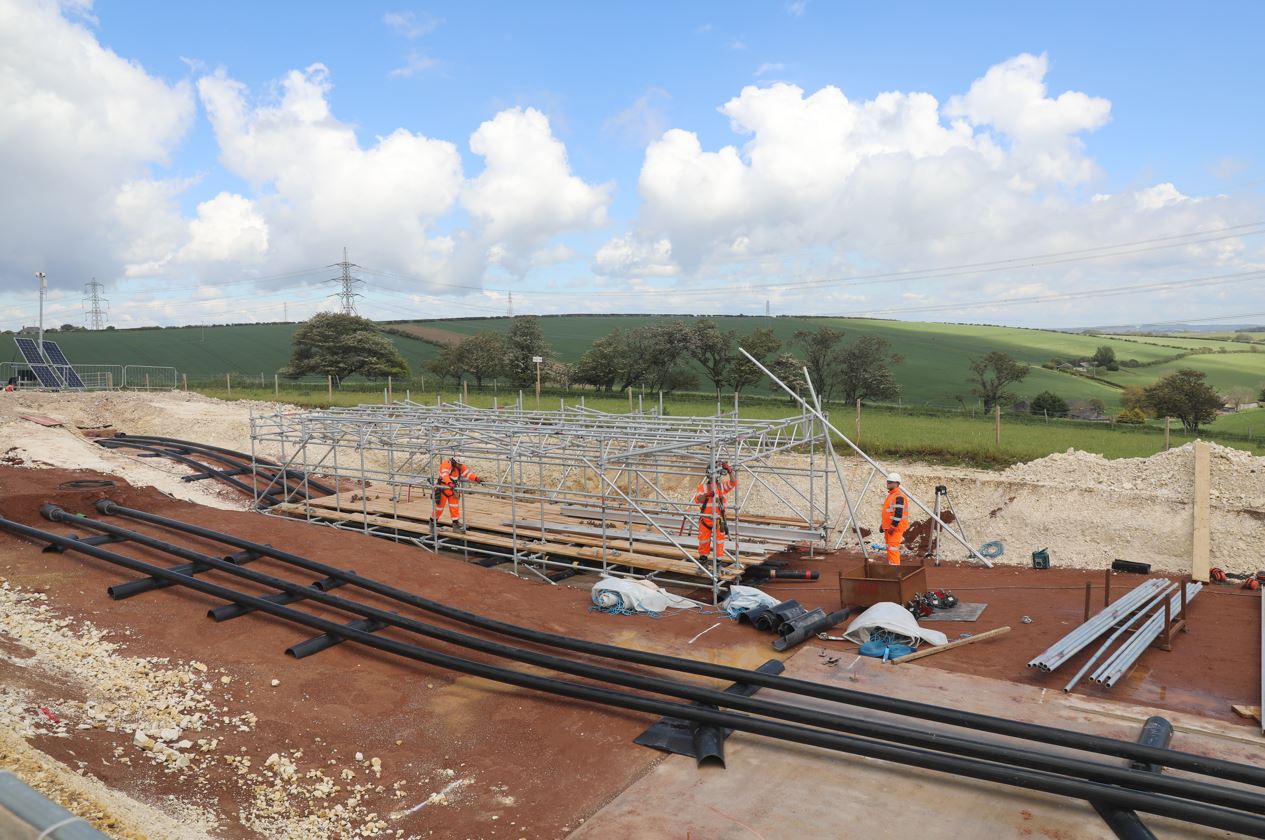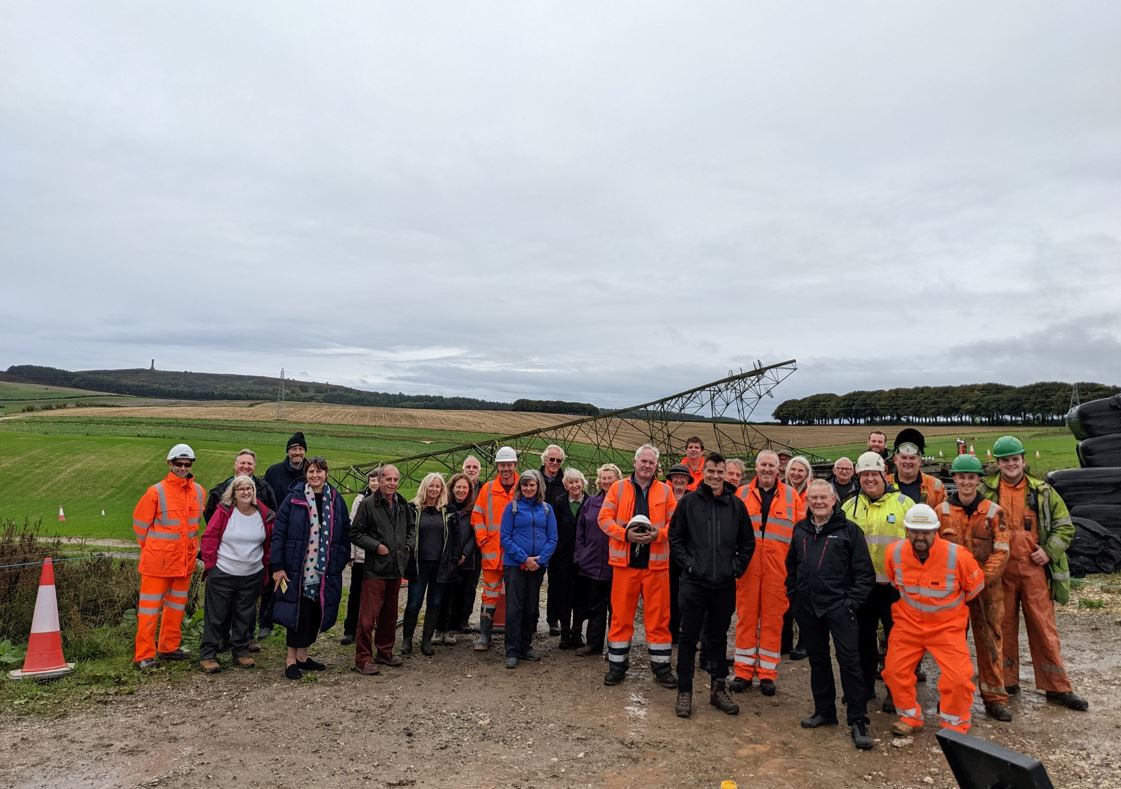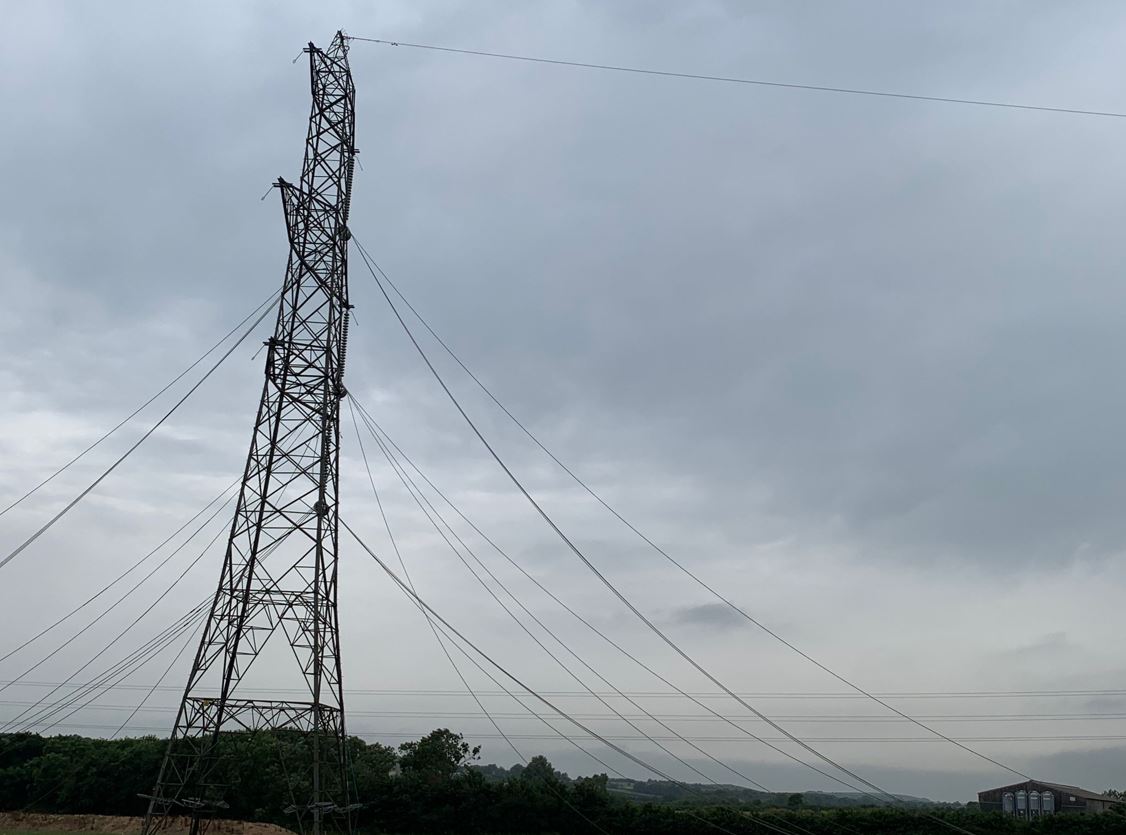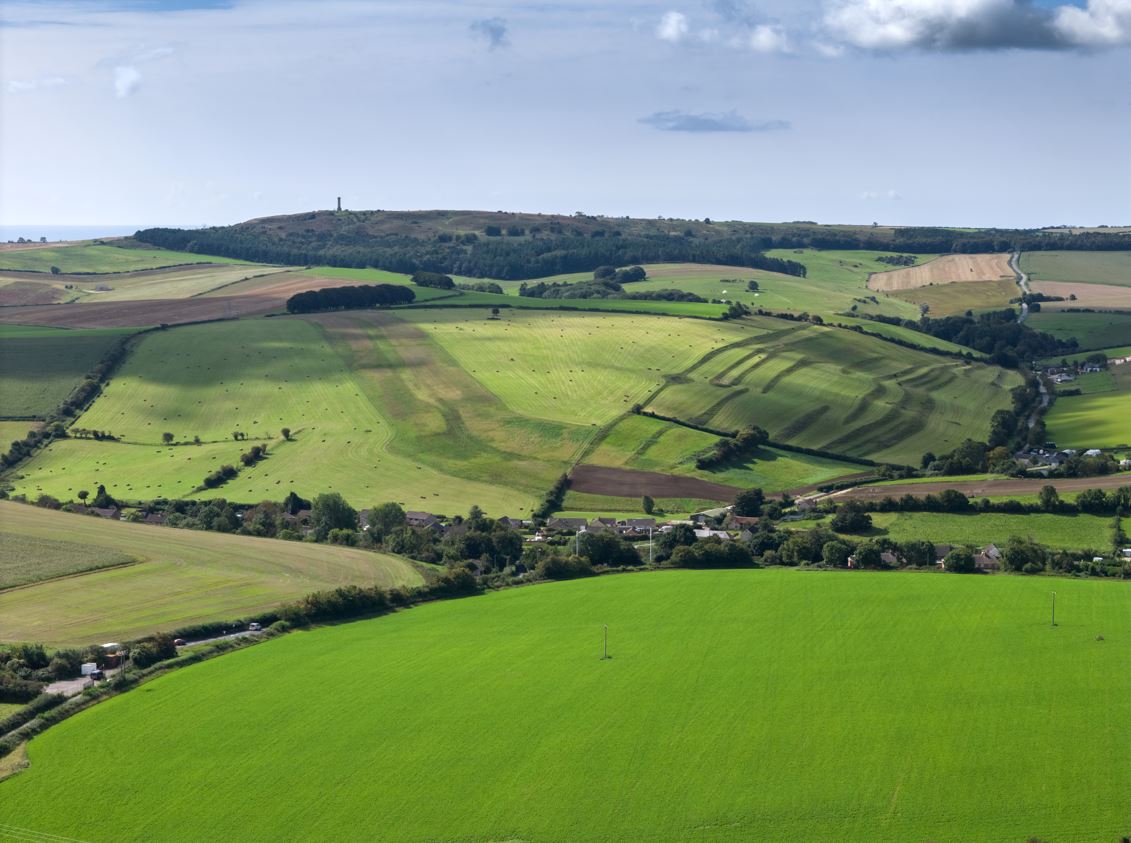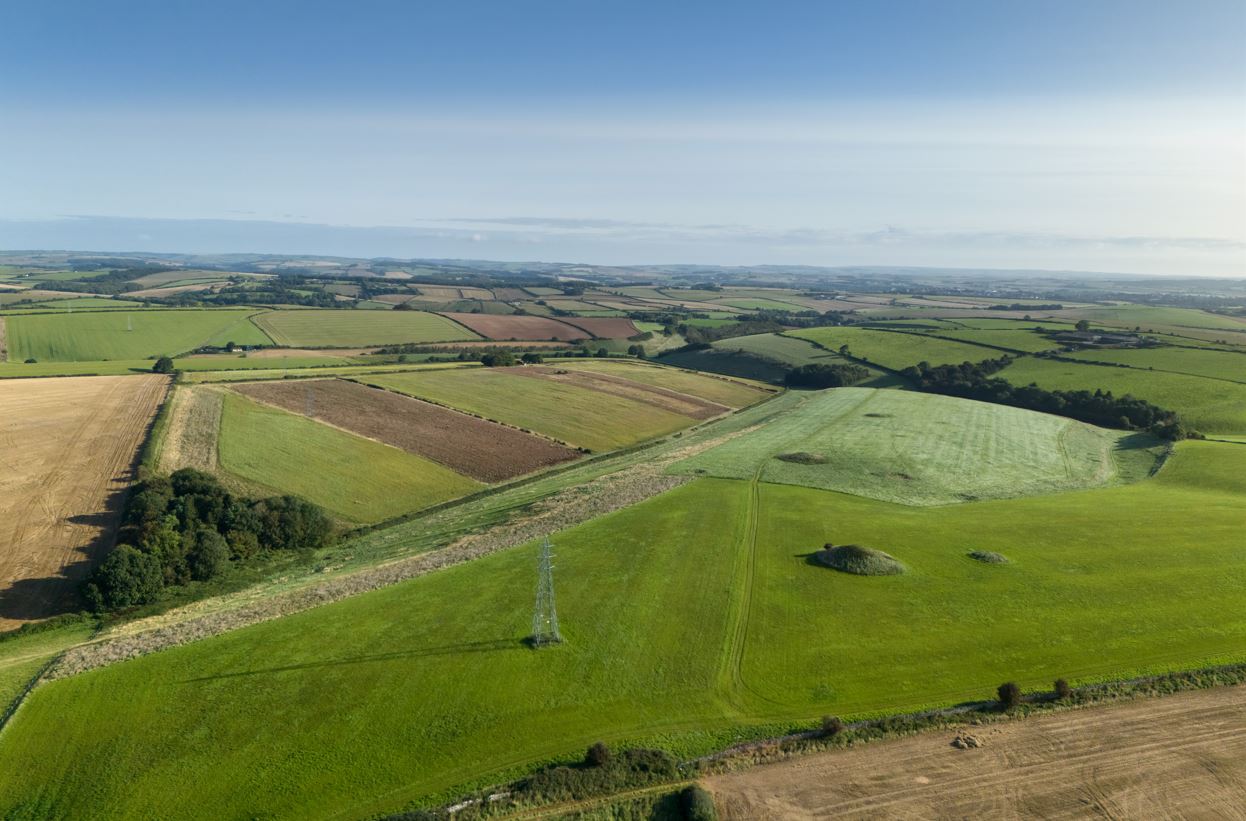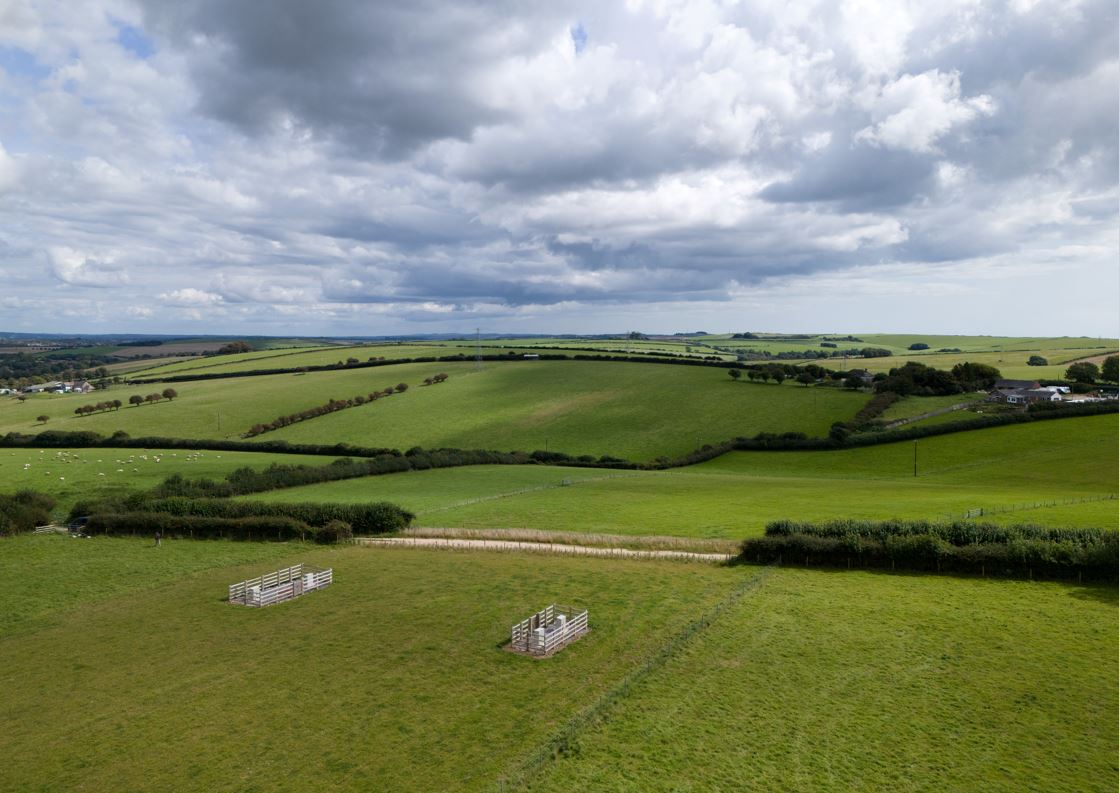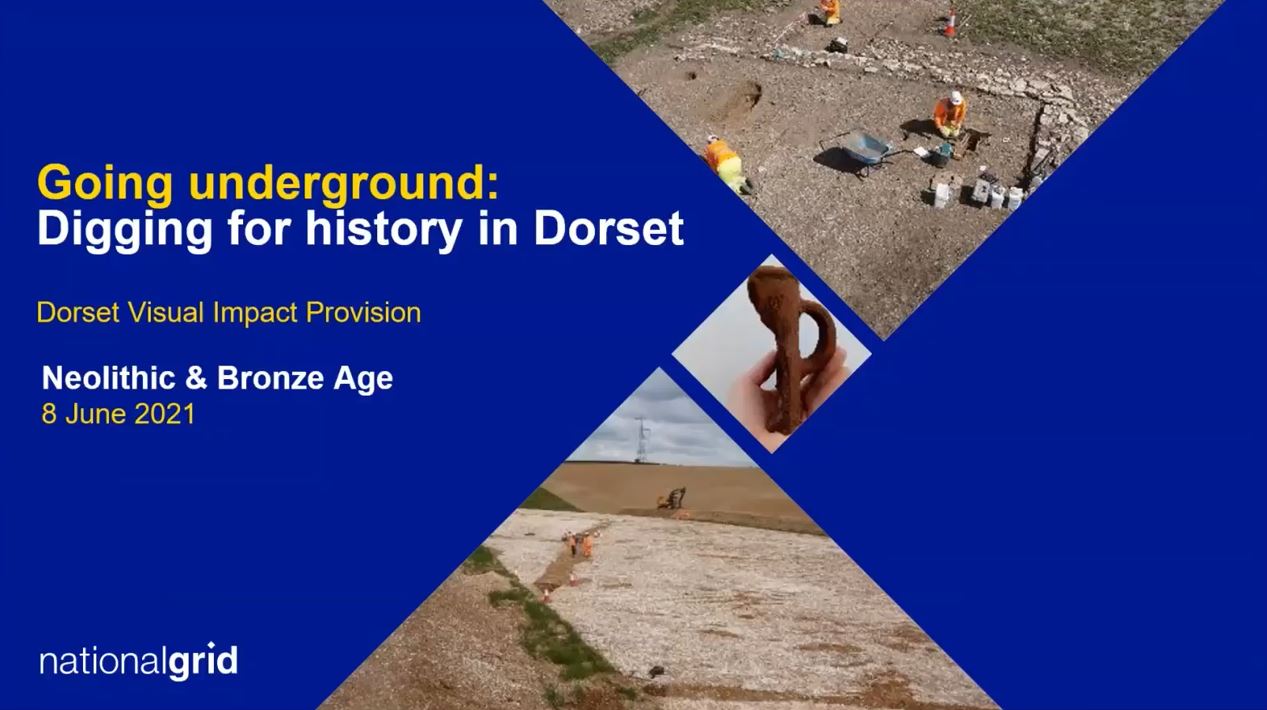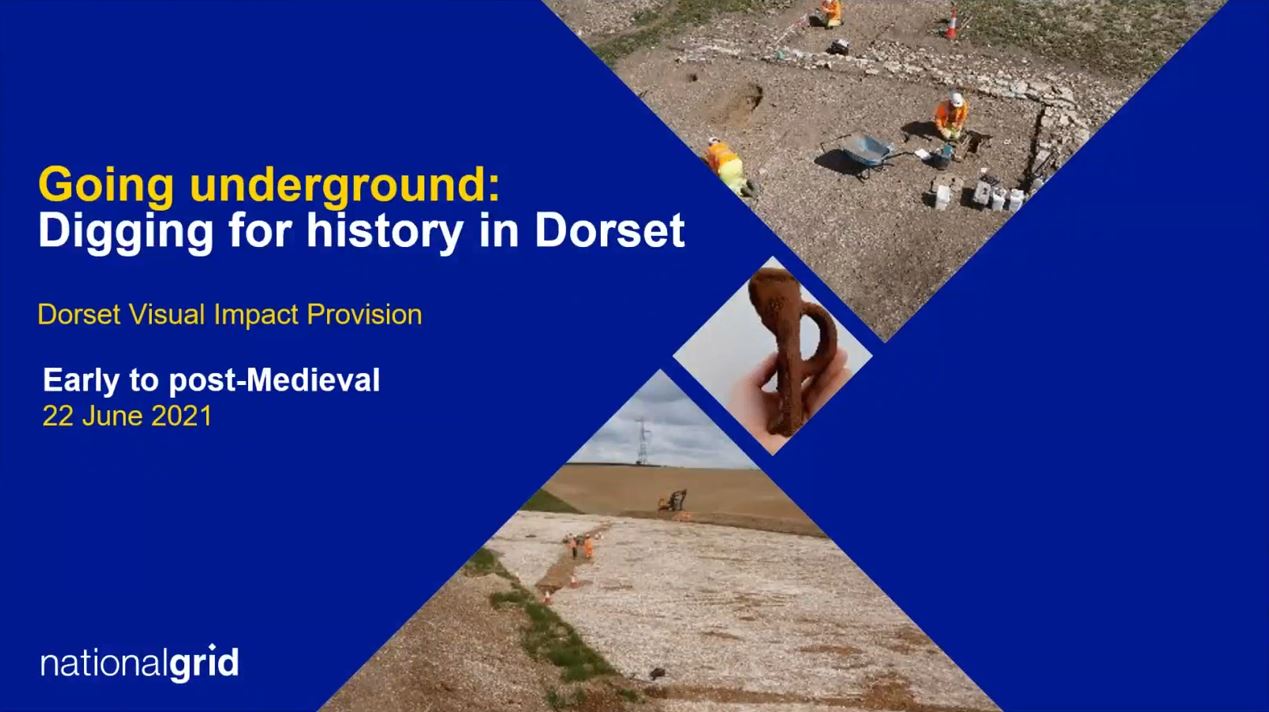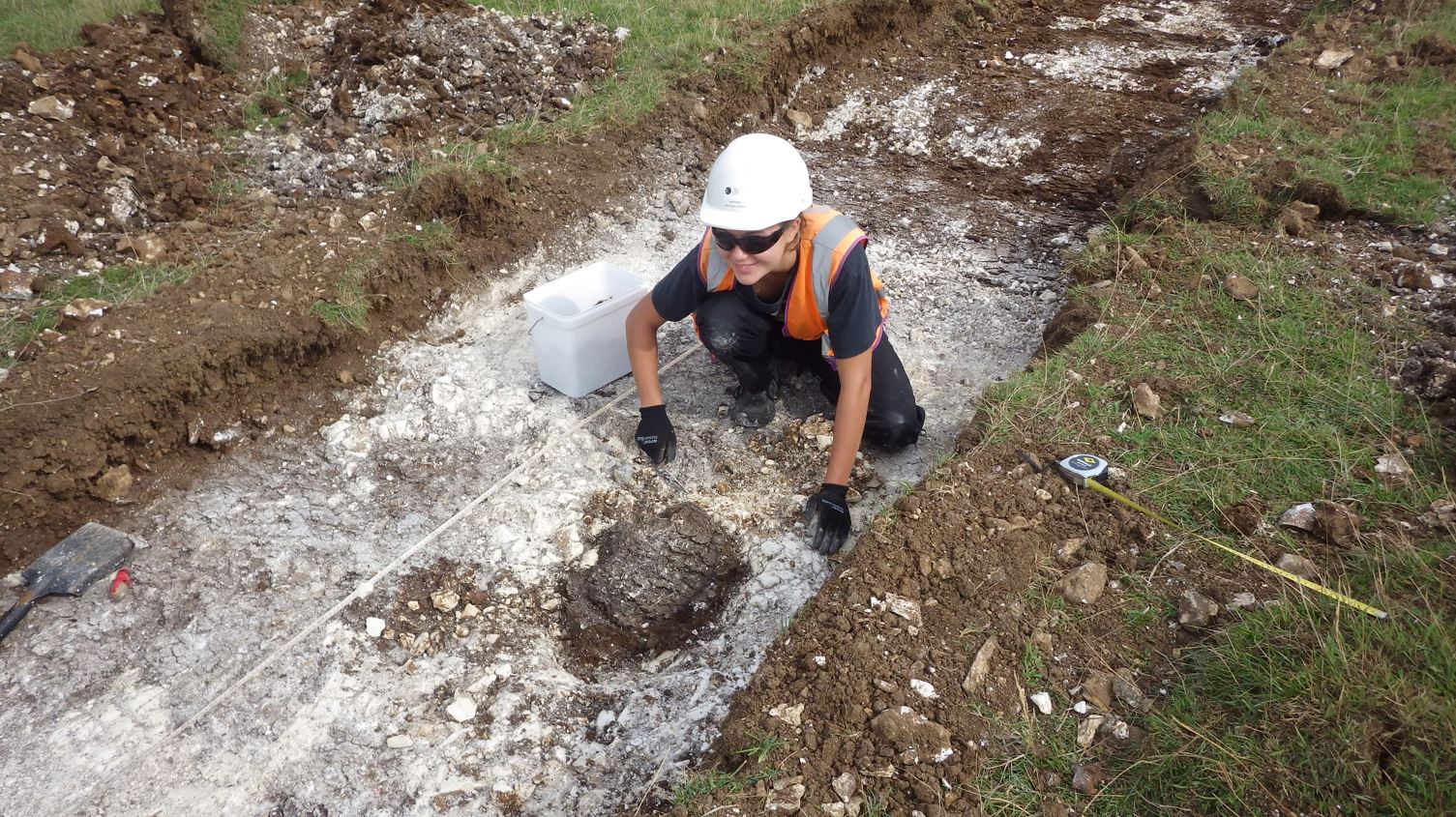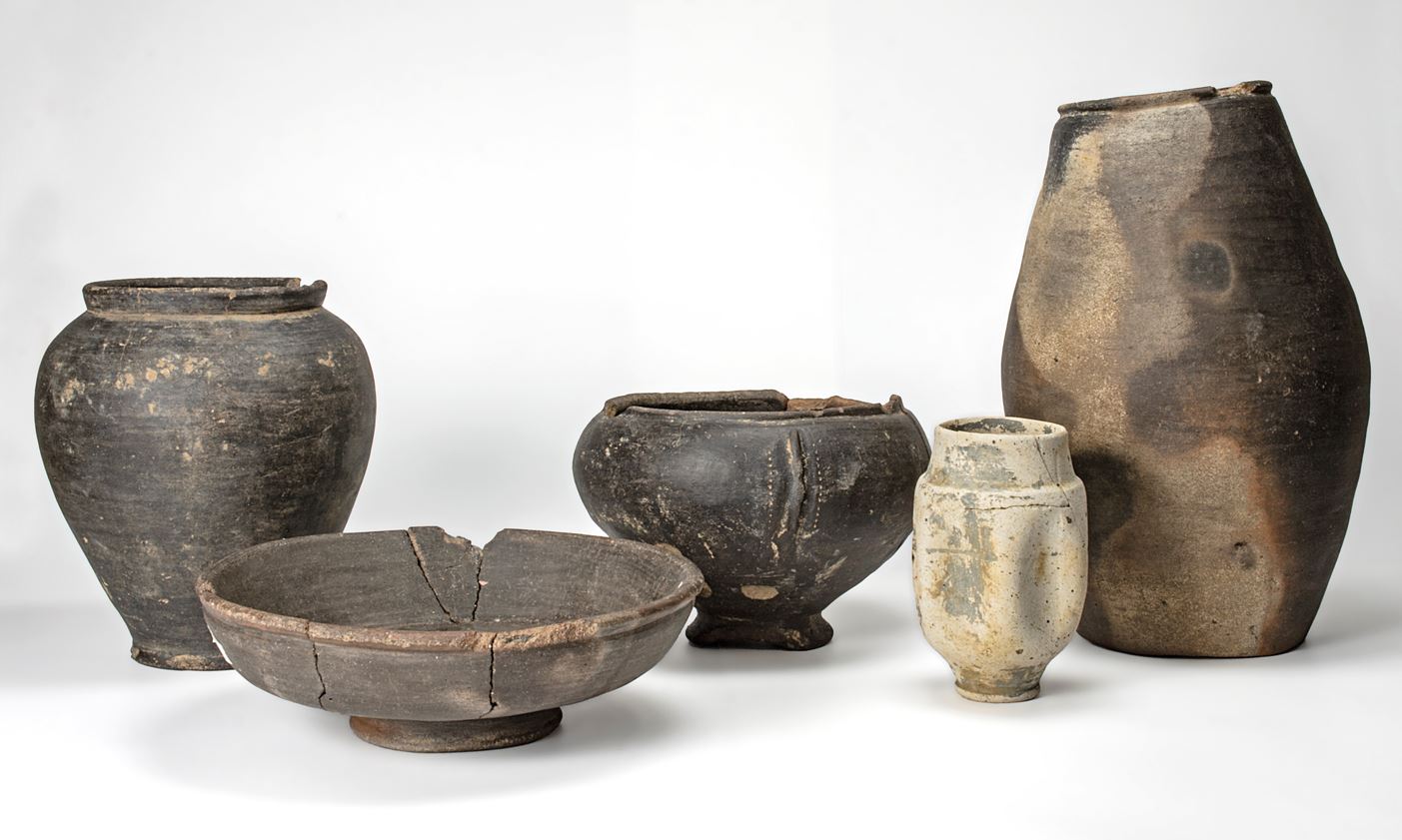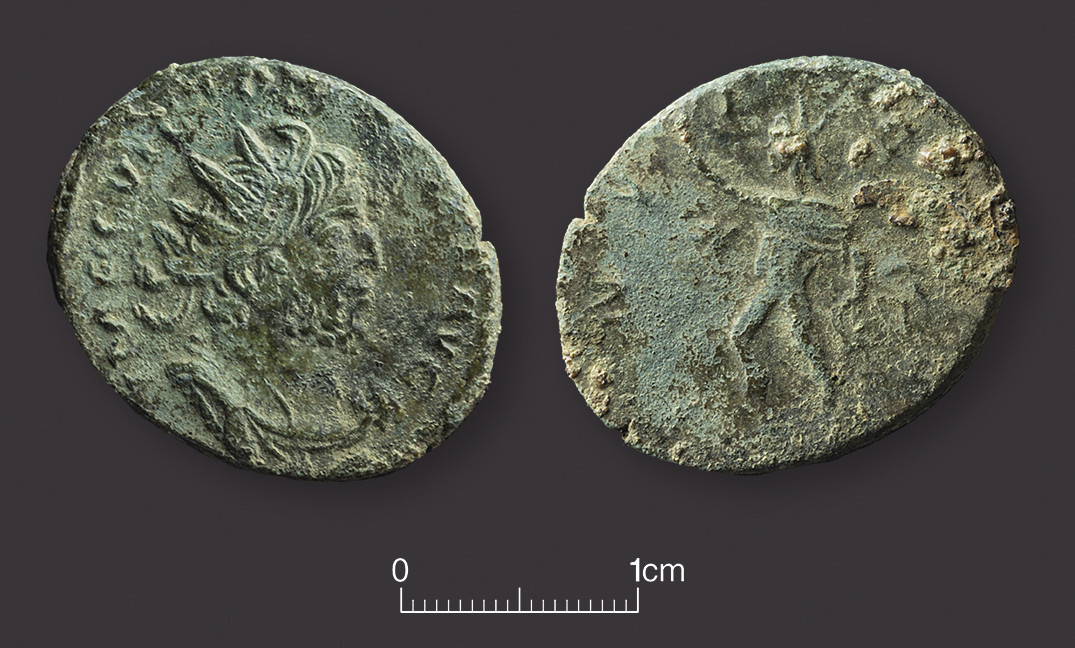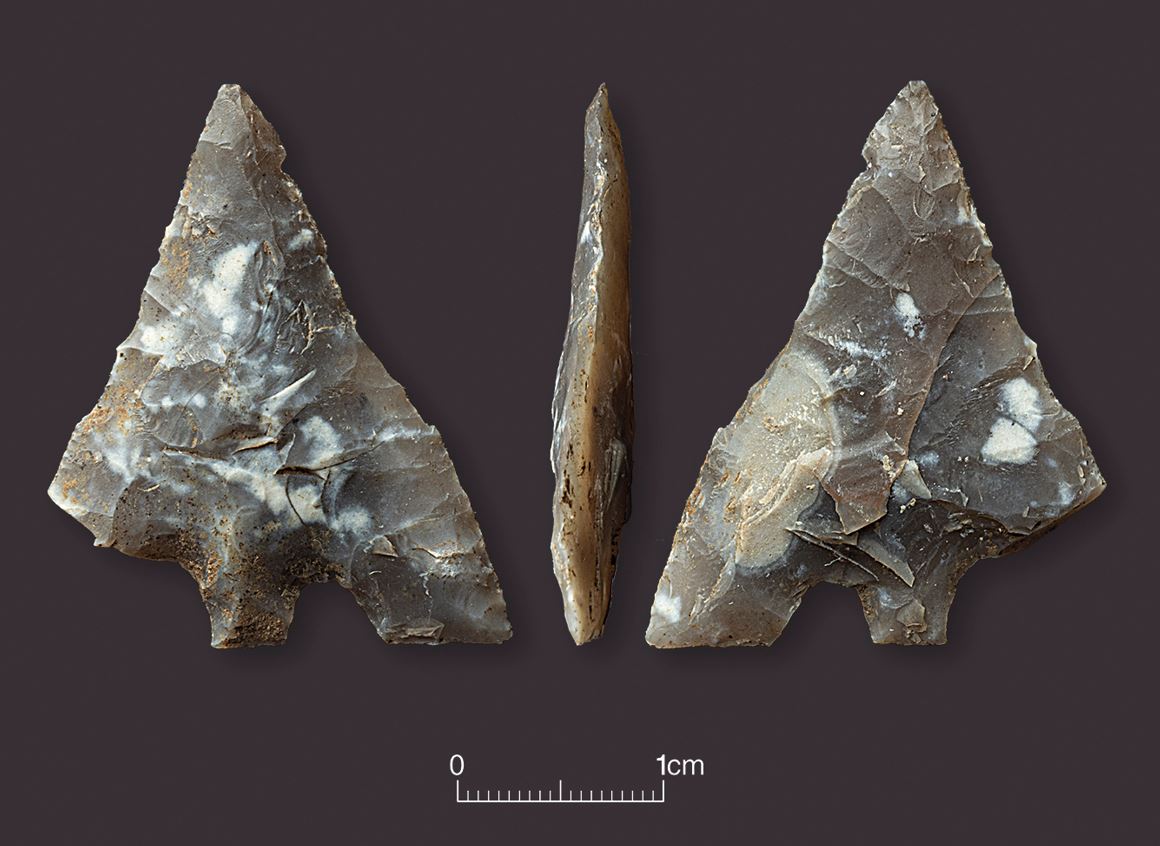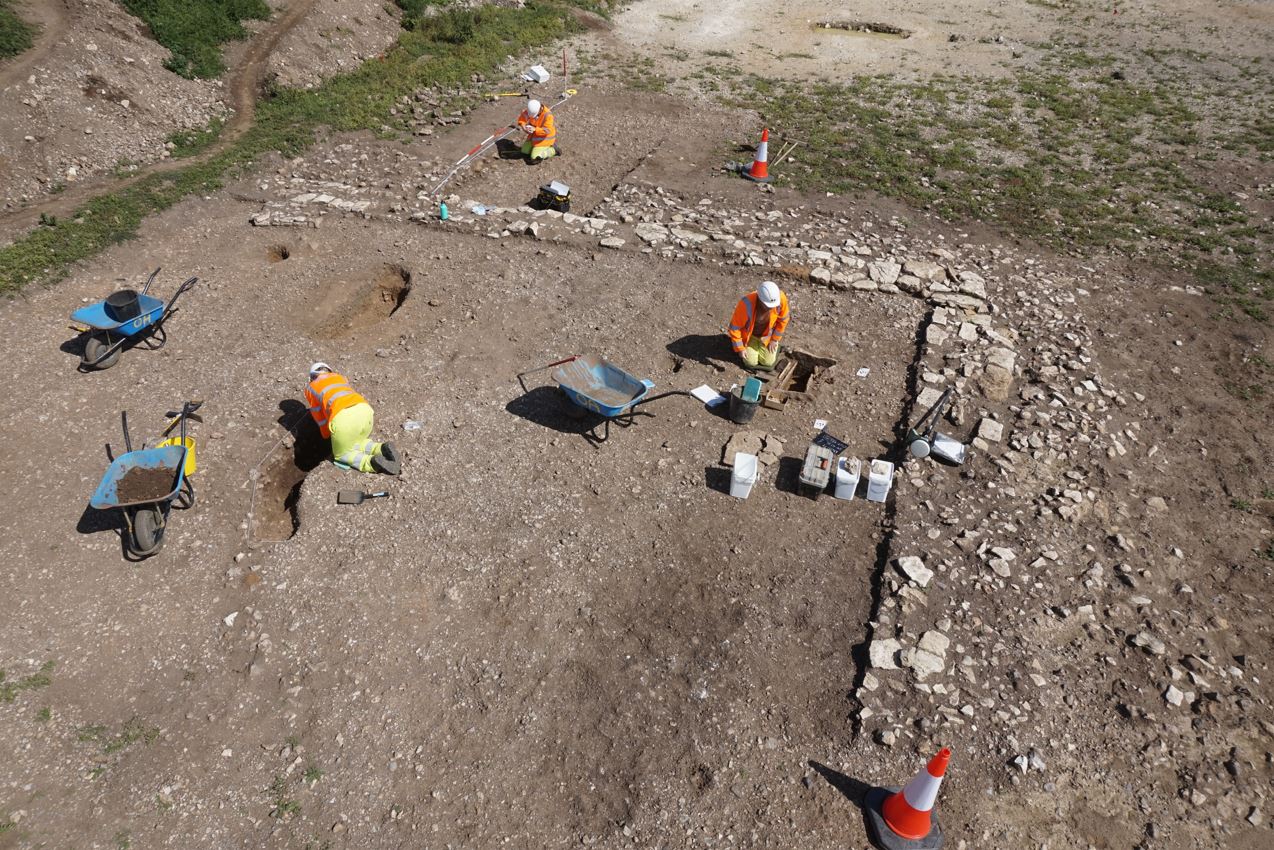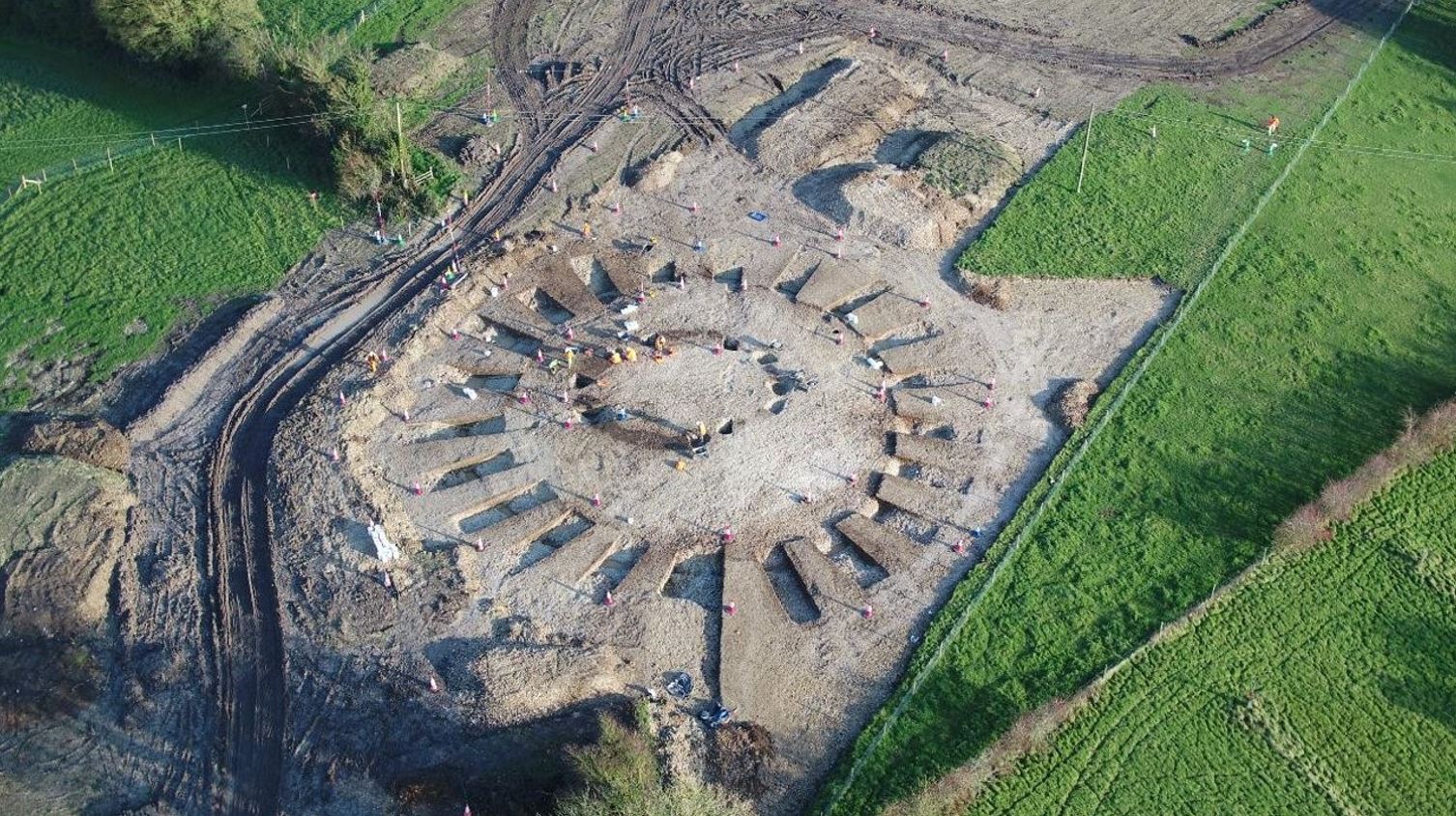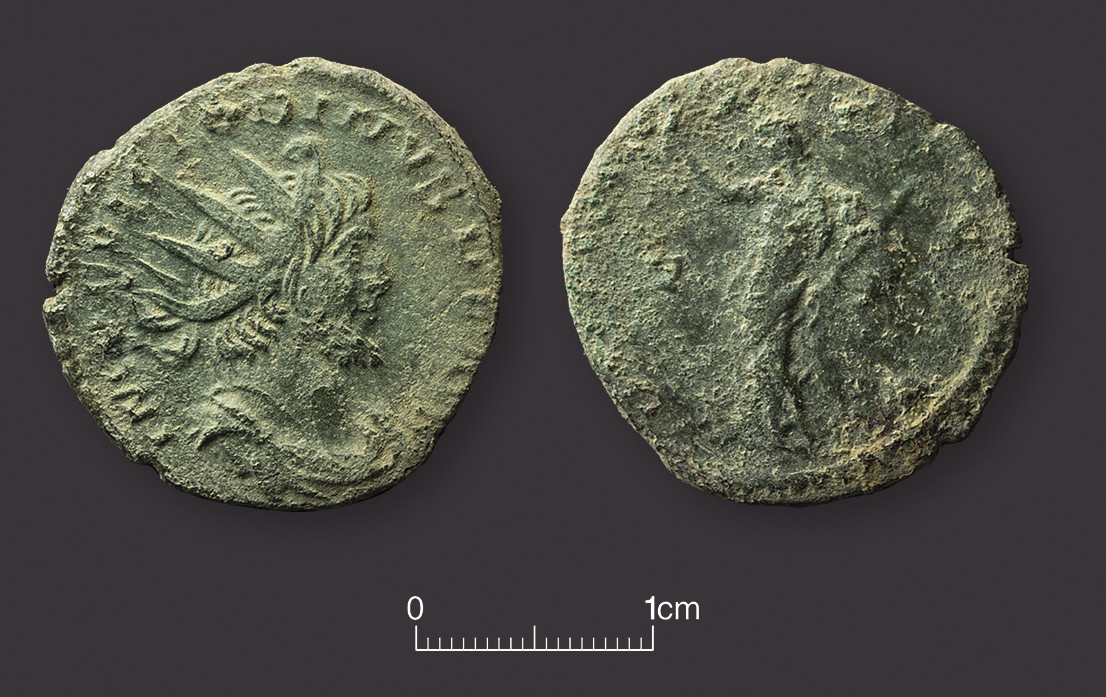
National Grid’s Visual Impact Provision (VIP) project in Dorset is one of the first in the world to replace part of the high-voltage overhead transmission line erected in the 1960s with underground power cables.
The project has been undertaken solely to restore this beautiful downland landscape and made use of a provision made available by Ofgem. It has seen the permanent removal of 22 pylons over and 8.8km stretch between Winterbourne Abbas near Dorchester and Corton Ridge towards Weymouth.
This has been a major, complex development project in an environmentally important location, due to its proximity to the Jurassic Coast World Heritage Site. It is one of the most transformative, stakeholder-led projects in a generation, recognising and reclaiming our precious wild spaces and their surroundings.
As well as the restoration of a stunning landscape, the project eaves a deep legacy of understanding of mankind’s relationship with the land in this area through extensive archaeological finds, which were a welcome and fascinating by-product of the project.
A project led by stakeholders
The entire project was shaped and directed by national and local stakeholders. Campaign groups lobbied for the funding and a national advisory group of landscape specialists selected the section of overhead line. A local group of technical stakeholders advised and made key decisions in the planning phase. Stakeholders and the community were central to the project throughout construction and a positive relationship has developed with the team has been positive throughout.
Complex and challenging engineering
The rolling Dorset Downs which were dominated by the pylons presented some very real challenges to the engineering team. We needed to bring in specialist equipment and temporarily make some remarkable changes to the profile of the landscape – we even built an ‘Alpine pass’.
The OshKosh is usually used to transport military tanks but it was the only machine powerful enough to move our 45 tonne cable drums around the site.
The spider digger is more at home in the Alps but it helped us to lay the cables and restore the landscape on the steep slopes of Corton Ridge. Careful management of water run off was a key challenge and the lessons learned here are being used on the other VIP projects and across National Grid’s construction projects generally.
Removing the pylons
In October 2022, stakeholders gathered on site to witness one of the pylons coming down, and the BBC filmed the final pylon being removed from the landscape for the regional news. Two of the 22 were dismantled using a crane due to their sensitive location, while the rest were ‘felled’. This might look remarkably simple, but the felling is the culmination of a detailed technical process carried out by a highly specialist team.
Restoring the land
Within six months, local landowners & farmers had crops on the land above the cables, and a full restoration process for hedgerows and the more sensitive areas around our former site is now well underway. We are ensuring that the restoration is delivered to the highest standards. The images below show what the landscape looks like today.
Unearthing the past
Being so close to the Jurassic Coast, we knew that there was a chance we would find some interesting archaeology – and both the County Archaeologist and Historic England were keen to see us digging. What we found was truly amazing and constitutes a Nationally Significant Find that is being analysed and recorded by Oxford Archaeology before one day making its way back to the local community via the County Museum in Dorchester.
Digging for history in Dorset
Following the completion of the archaeological programme in summer 2021, we organised a series of webinars to give a taster of the fantastic findings and what they mean.
Led by National Grid’s team including Senior Project Manager, Paul Hamnett, and Project Engineer, Aimee Tavana, together with John Boothroyd of Oxford Archaeology, each webinar focused on a different period in history and featured a contribution from one of the many stakeholders who made the project possible, including Historic England, the Dorset AONB Partnership, and the Dorset County Archaeologist.
